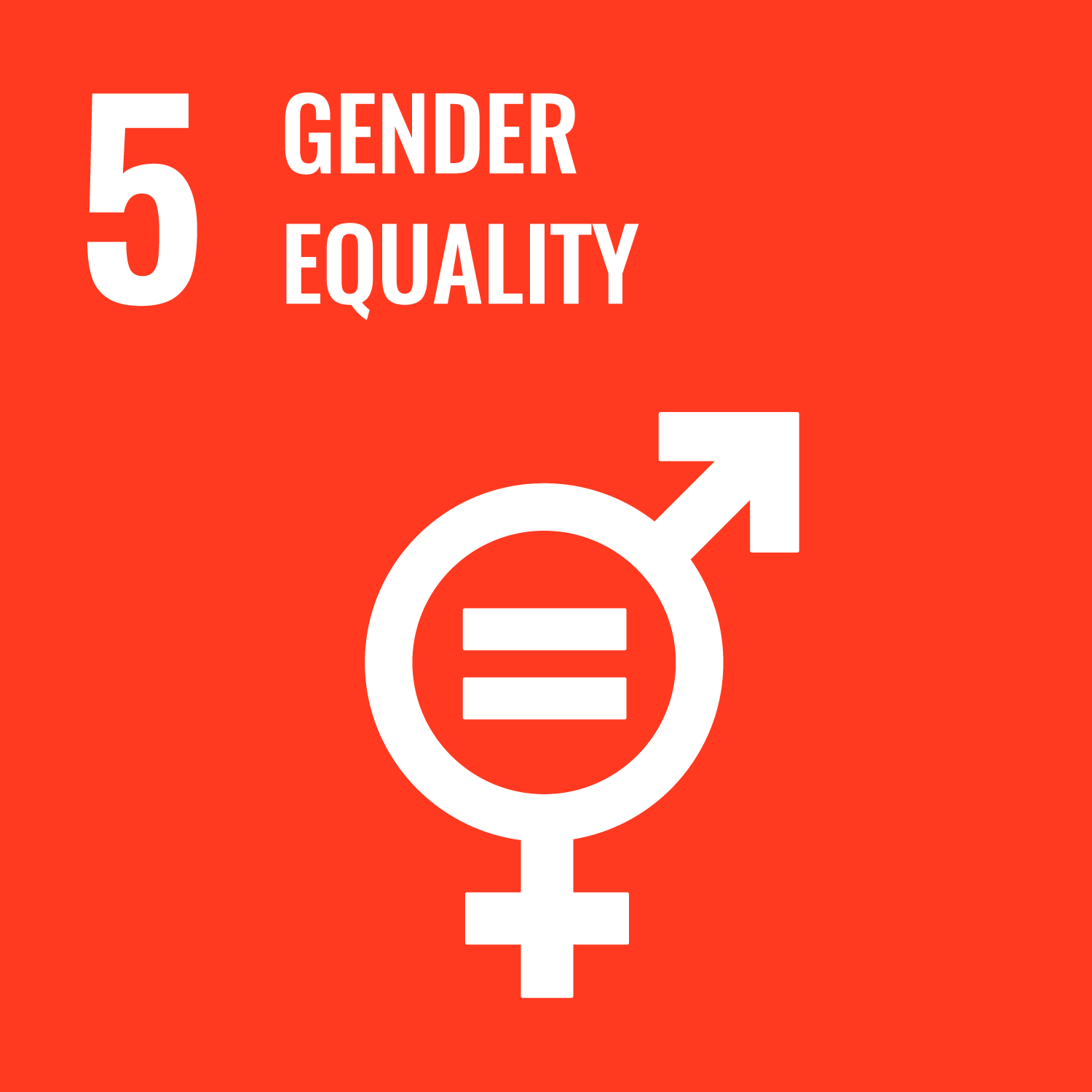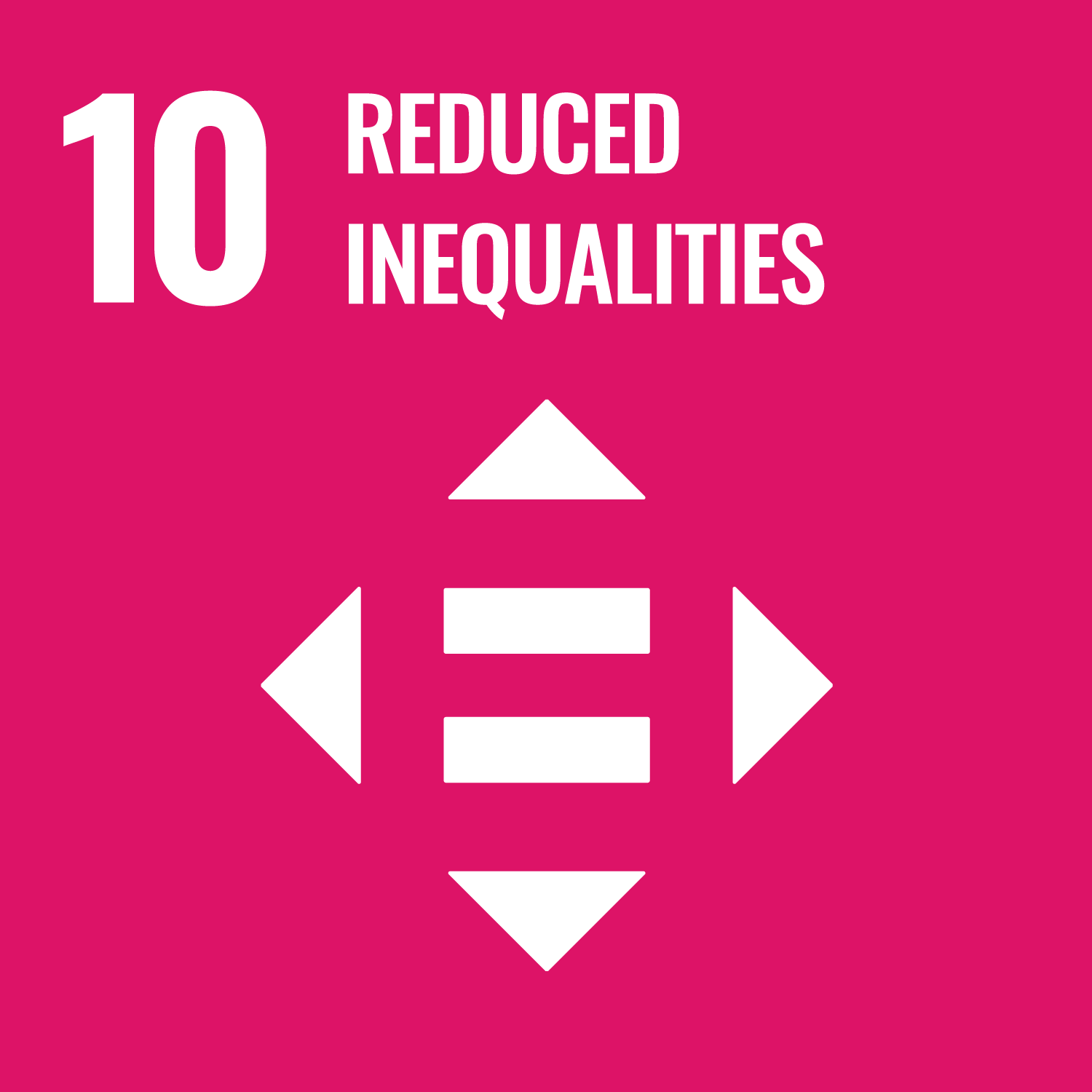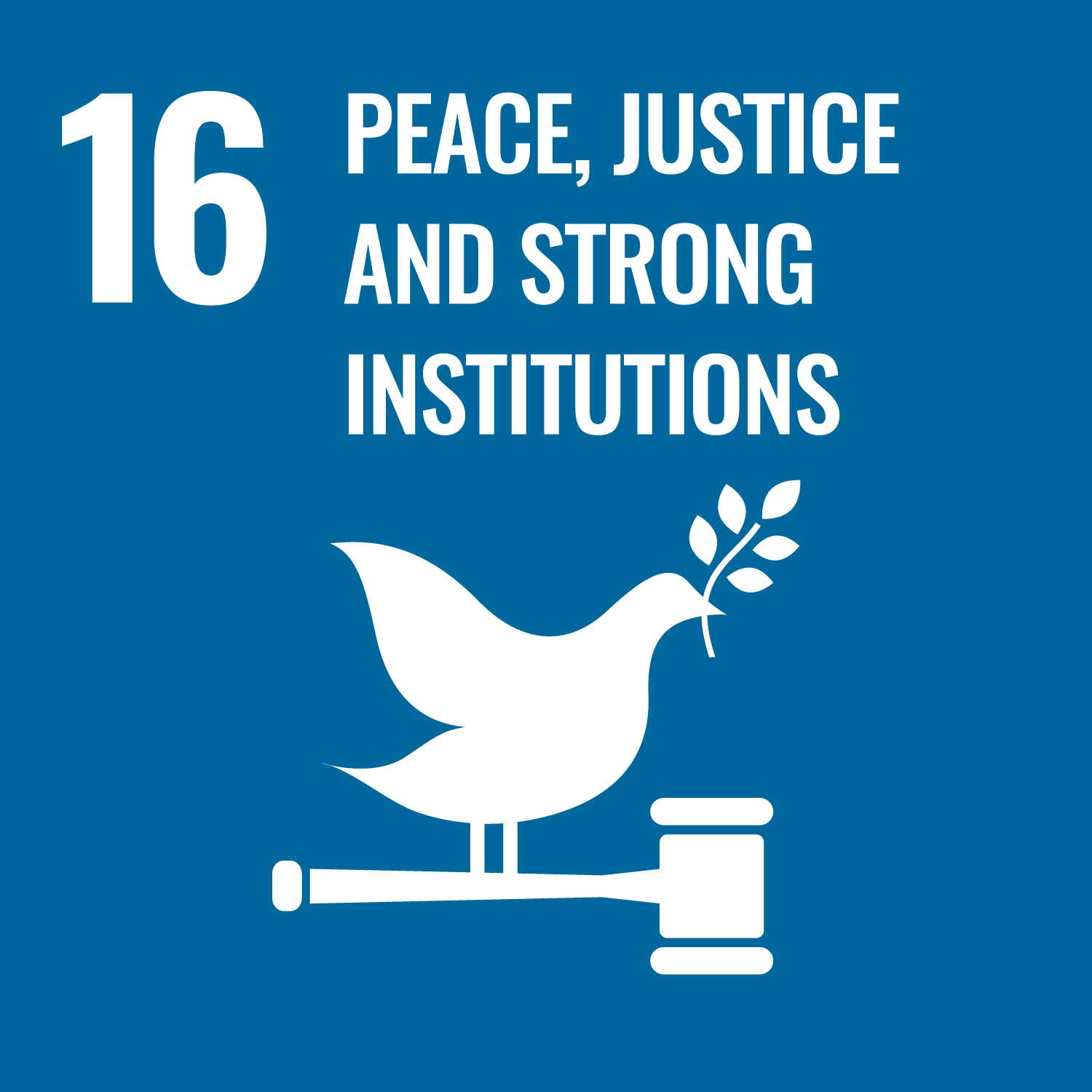This year-long study investigated the experiences and work of lesbian, bisexual and queer (LBQ) groups around the world. 378 LBQ groups and 67 donors were surveyed as part of the project. The research asked the following questions: 1. what is the current infrastructure of LBQ groups? 2. How do donors resource LBQ groups? 3. How much alignment is there between the needs and visions of LBQ groups and donor resourcing for LBQ activism? The research draws on two perspectives: those of LBQ groups and those of institutional donors that directly or indirectly fund LBQ activists.
The report opens with a brief introduction to LBQ activism and an overview of the methodology before delving into the history and current context of LBQ activism around the world. The emergence of LBQ groups and the transnational LBQ movement are discussed, as are methods of intersectional and cross-movement organising. A background on LBQ human rights violations, focusing on criminalisation, violence, and discrimination follows. The first case study, of reaching LBQ women in Roma communities in Serbia, is presented.
The characteristics of LBQ groups are then discussed. Overall, this section discusses the ‘newness’ of LBQ groups, the types of issues they work on, and staffing. The second case study, of lesbian feminist work in Paraguay, is then presented. Section four interrogates the financial situation of LBQ groups, highlighting that 25% of all LBQ groups have an annual budget of $0, and 4% have a budget of more than $500,000. This sections discusses the geographical disparities in funding and the types of funding LBQ groups receive. The third case study, of Talita Kum, an LBTQ group in Indonesia, is then presented.
The fifth section considers how donors are supporting LBQ groups. Of the $260.7 million USD funding focused on LGBTI issues outside of the US, $20.6 –or less than 10%–specifically targets LBQ women (of the $560 million available worldwide, including in the US, for LGBTI issues, only $26 million is directed towards LBQ groups). 38% of all funding for LBQ groups goes to Europe and Central Asia, and 35% to North America. This section considers availability, types, accessibility and practicality of available funding.
The final case study, of Mesahat Foundation for Sexual and Gender Diversity in the Nile Valley (Egypt and Sudan), is presented. Conclusions and recommendations for donors follow the case study, and close the report. A variety of detailed annexes are available.








